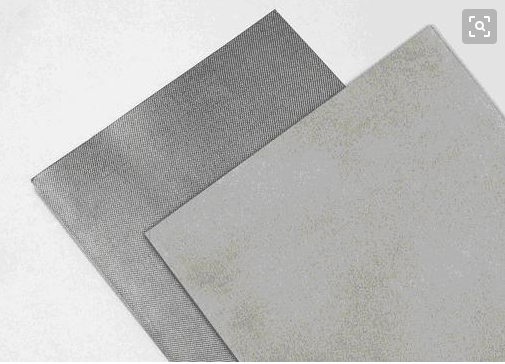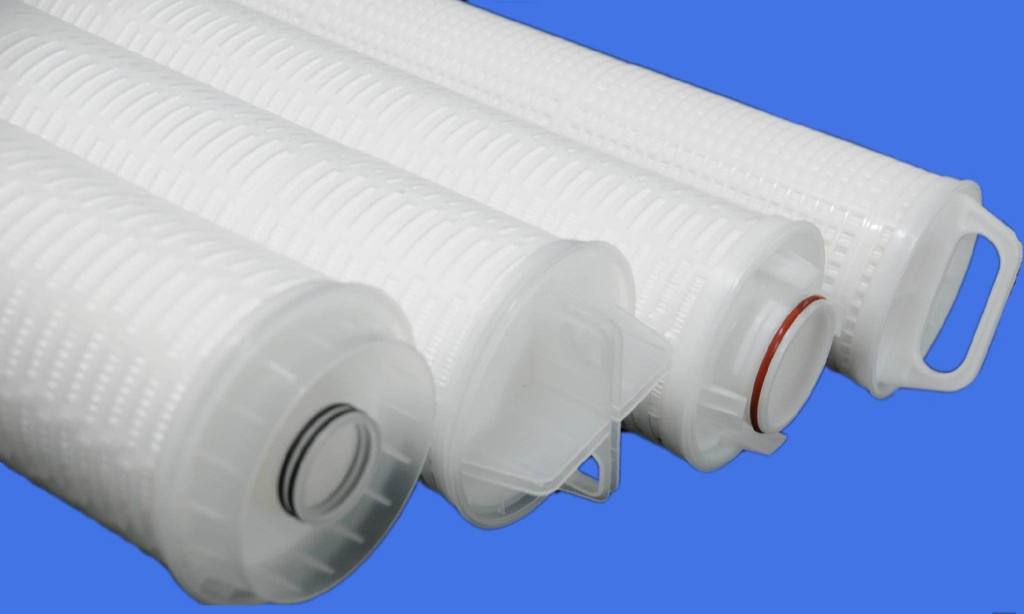From July 3 to 13, I went to Wuwei, Chaohu, Quanjiao and Wangjiang in Anhui Province, Pengze, Hukou, Gongqing, Xinyu in Jiangxi Province, Huangmei, Huangzhou, Ezhou, and Hanchuan in Hubei Province. The main cotton-producing cities and counties surveyed this year's cotton production over a period of 10 days: After this year's cotton production experienced a prolonged drought and flooding, most of the cotton entered the budding and flowering period due to the strengthening of disaster management, the earliest cotton. It has begun to ring, but there is a general phenomenon of de-fertilization. Among them, the symptoms of potassium deficiency are more serious in some cotton fields, some yellow and white patches appear on the leaves of cotton plants, and the base leaves have turned brown and red patches. The severe leaf margins turn over, and it is urgent to make timely application of potash fertilizer. From the on-site survey, most farmers have insufficient potassium in their cotton fields, and some do not know what the role of potash is without applying potassium fertilizer. Some people believe that compound fertilizers or organic fertilizers are used, which contain potash fertilizers, and some use only potash fertilizers with low potassium oxide content. They think that they have met the potash requirements for cotton; others say that they use potash fertilizer to apply fertilizers from roots to topdressing fertilizers. It's fine; some people think that the price of potash is too high to increase the cost of cotton. It can be seen that the majority of cotton farmers should strengthen their understanding of potash fertilizer. First, understand the role of potash. The increase of potassium fertilizer can balance the proportion of nitrogen, phosphorus, and potassium fertilizers in the soil, increase the activity of cotton life, increase the number of peach per plant, significantly increase the boll weight and improve the quality. Muping can increase the production of seed cotton by about 50 pounds. The cotton field can produce up to 80-100 pounds. At the same time, it can also enhance the ability to resist and compensate for wilt disease. Second, clear the amount of potash. At present, the vast majority of farmers are genetically modified insect-resistant cotton quality, according to many years of practical experience, high-yield cotton fields generally need to apply potassium chloride or potassium sulfate 60 kg per acre, sub-basin fertilizer and top dressing twice. The content of such potash potassium oxide is generally 60%, and the content of pure potassium in 60 pounds of potash is 36 pounds, and in 45% of the compound fertilizers of nitrogen, phosphorus and potassium, the content of pure potassium is only 15 pounds. Although organic fertilizers also contain potash, the content of pure potassium is even lower. Some potash fertilizers with trace elements also have low potassium content. Therefore, it is necessary to apply an authentic high-content potassium fertilizer to meet the needs of insect-resistant cotton. Although potassium fertilizer can be supplemented with a small amount of potash fertilizer, potassium fertilization at the current stage should be used to open pots or apply potassium fertilizer. Moreover, the current price of potash fertilizer in the market has fallen more sharply than in previous years, and the ratio of input and output of potash fertilizer application is entirely cost-effective. Third, improve the application of potassium fertilizer method. We found in the survey that some farmers used too much potassium at a time, which would have an antagonistic effect on other fertilizers, affecting the absorption of other fertilizers by cotton, and should generally be divided into two applications of base fertilizer and topdressing, and no potassium fertilizer should be used in the base fertilizer. In the budding period and flowering period of cotton, fertilizer is timely applied. The spray of potash by Genwei is generally performed after a large number of bolls in cotton. Some farmers spread compound fertilizers or potash fertilizers on the surface of cotton fields. They lose or evaporate large amounts of waste and waste. Filter Material (Filter media) represents the central point of any filter design.
Filter media selection is crucial to gaining the optimum performance of your filter. Henan Sinofiltec technology Co.,Ltd offers a wide range of filter media options, which can be encapsulated within a wide range of plastic resins:
Filter Material Filter Material,Pp Filter Material,Sintered Fiber Filter Material,Fe-Cr-Al Sintered Fiber Medium Henan Sinofiltec Technology Co.,Ltd , https://www.airfilters.pl

